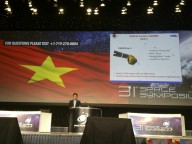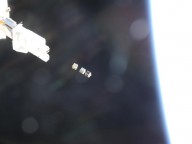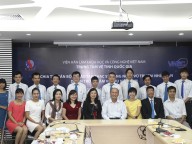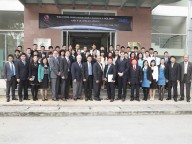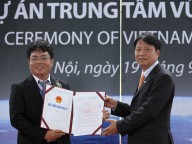Introduction:
The Pico Dragon satellite, with the size of 10 x 10 x 11.35 cm and the weight of 1kg, is the product developed by the team of engineers and young researchers at the Vietnam National Satellite Center (VNSC), the Vietnam Academy of Science and Technology (VAST). The entire process of satellite development, including the steps of researching, manufacturing, integrating and testing, was performed properly in Vietnam. The experiments of vibration and temperature were conducted at the laboratory of Prof. Shinichi Nakasuka, the Tokyo University, and other experiments were performed at the Japan Aerospace Exploration Agency (JAXA) and the IHI Aerospace Company of Japan.
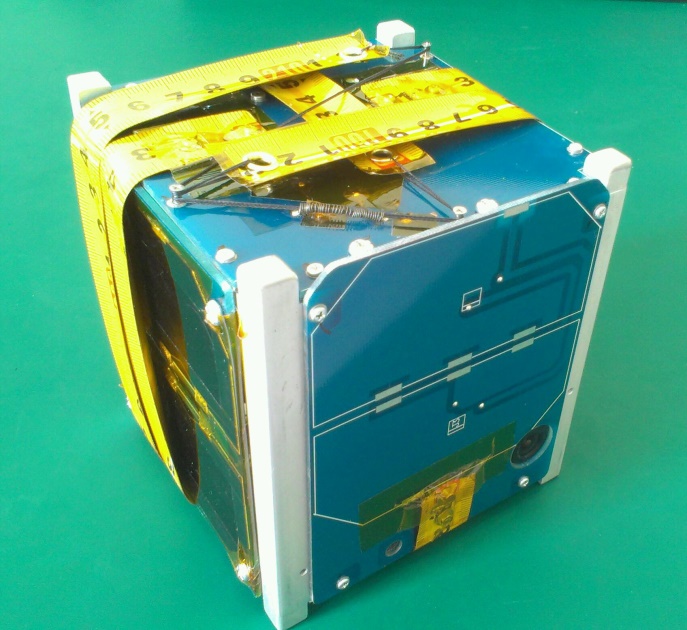
The mission of the Pico satellite is to capture Earth’s images, to measure a number of parameters of satellites and the universe’s environment using sensors mounted on satellites, and to communicate with transceiver stations on the ground.
This project is meant to promote the development of Space Technology, especially of building the human resource of researching and developing made-in-Vietnam satellites. A proper process of satellite development consists of the following steps: researching, designing, manufacturing and testing, which were totally executed in Vietnam. In addition, VNSC has already cooperated with the Tokyo University and JAXA to carry out some experiments of universe’s environment prior to launch in Japan.
Important Milestones of The Pico Dragon Satellite
On July 08, 2013, the PicoDraGon satellite was sent to the Tsukuba Space Center to perform procedures of officially handing over it to JAXA.
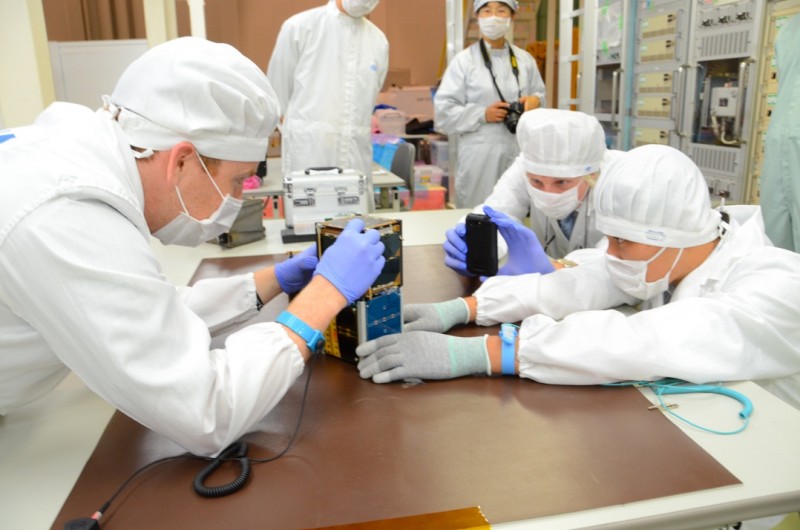
On August 04, 2013, the HII-B missile carrying the HTV-4 cargo spacecraft containing the Pico Dragon satellite was successfully launched.
After that, on August 09, 2013, the HTV-4 cargo spacecraft had successfully docked with the International Space Station (ISS).
After stored in the Kibo module on the ISS over three months, at 19:17 on November 19, 2013 (Vietnam time), the Pico Dragon satellite with other American’s CubeSat satellites were released into orbit.
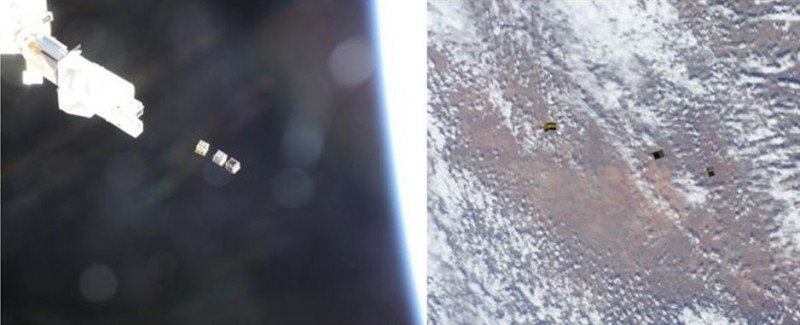
Since this moment, the satellite started to execute steps of initialization process such as checking working states, measuring environment parameters, meeting the requirements of antenna deployment, and initializing the radio transceiver system. At the default mode, the Pico Dragon satellite continually transmits broadcast messages with the content of “PICO DRAGON VIETNAM”. After entering orbit for 4 hours, transmitted messages of this satellite were received by ground stations from all over the world. As a result, the Pico Dragon was the first made-in-Vietnam satellite successfully manufactured and operated in space.
After operating on orbit over three months, the Pico Dragon satellite worked quite reliably and incessantly transmitted private broadcast messages to ground stations from all over the world.
At 00:18 on March 01, 2014 (UTC+7), the Pico Dragon satellite already went back to the atmosphere, was burnt down, and ended its task.
Project Results
Prof. Dr. Pham Anh Tuan had shared his thought about the goal that Vietnamese people would be able to design, manufacture Made-in-Vietnam small satellites on their own, according to the “Strategy for research and applications of space technology until 2020” of Vietnam, approved by the Government of Vietnam in 2006. In accordance, a group of young researchers at VNSC had engaged to cultivate, design and manufacture the Pico Dragon satellite under the framework of the research project on behalf of the Vietnam Academy of Science and Technology. Regardless of its extremely tiny size, the PicoDragon satellite also went through proper stages of the development of a large-sized satellite, from the BBM model, primarily focusing on the development of its functions, to the EM model, assembled as a complete satellite that is able to meet particular criteria and to pass stages of environmental tests, and finally to the FM model meant to launch in orbit. Since the objective of this project is to support for young staffs to comprehend the entire process of designing, manufacturing, testing, launching in orbit, and controlling a satellite.
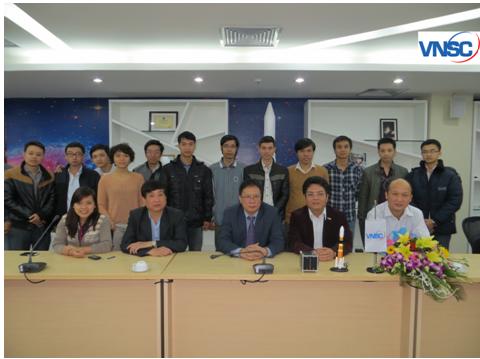
Although this success is still not extraordinary but it creates a motivation and faith for all members of the Vietnam National Satellite Center in the early stage of conquering the universe. This is also the preparation step for the task of building the human resource of independently designing and manufacturing Vietnam’s small Earth observing satellites on their own in the near future. In upcoming years, young staffs in this project will keep participating to projects of manufacturing bigger satellites, for example, Nano satellites (10 kg), Micro satellites (50 kg), and then small satellites with the weight of about 600 kg. These projects will be important milestones in the developing progress of Vietnam’s space technology in the future.
Major parameters of project’s products
| N | Products | Quantity | Technical parameters |
| 1 | The PicoDragon satellite (Flight model) | 01 item
|
|
| 2 | The set of softwares of satellites and ground stations | 01 item
|
|
| 3 | The design of the process of testing Pico satellites. | 01item |
|
| 4 | The ground station | 01 item |
|

